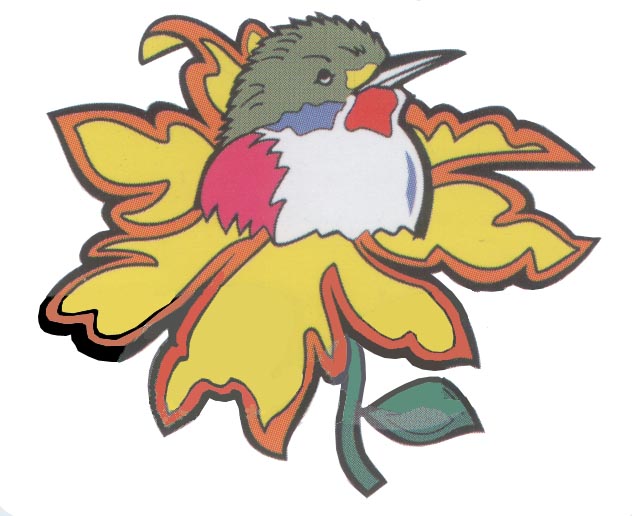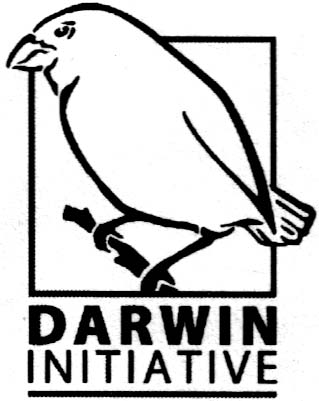
REFUGIO DE FAUNA CAYO BALLENATOS Y MANGLARES DE LA BAHÍA DE NUEVITAS

 |
REFUGIO DE FAUNA CAYO BALLENATOS Y MANGLARES DE LA BAHÍA DE NUEVITAS |
 |
Description. A wildlife reserve on the northeast coast of Cuba, noted for the high biodiversity of its mangrove swamps and offshore islands. Extent 7600 ha. Established in 1995. Administered by the Empresa Nacional para la Protección de la Flora y la Fauna, Cuba.
Biodiversity. Numbers of species recorded in the management plan: Animalia, 45 (8 species endemic to Cuba); Bacteria, 0; Chromista, 0; Fungi, 0; Plantae, 128 (15 endemic to Cuba); Protozoa, 0. Numbers of endangered species: Animalia, 5; Bacteria, not known; Chromista, not known; Fungi, not known; Plantae, not known; Protozoa, not known. Lists of animals and plants of the national park are included in the management plan.
Problems. No administrative structure for management of the reserve. Habitat change and faunal impoverishment within the reserve. Insufficient protection of the reserve. Poor understanding of the dynamics of populations and biological communities in the Saramaguacán River, Bocas Grandes, the mangrove swamps of the bay, the cays and especially of rare, endangered, or endemic species and species reduced in distribution. Insufficient hard-currency funding. No plan to provide guides and forest guards. No programme of environmental education in the area. Nature trails in need of upgrading. Lack of medical services within the reserve. Buildings poorly protected against mosquitos. Installations for support and ecotourism generally run down. No promotion of ecotourism within the area. Illegal hunting. Invasive exotic species within the reserve. No potable water within the reserve. Dangers of forest fires. Water pollution from nearby settlements endangering ecosystems within the bay. No funding for restoration and conservation of historical sites within the reserve.
Project work. A 136 page management plan was produced with support from the Darwin Initiative project Biodiversity Conservation in Cuba.
| Previous page |